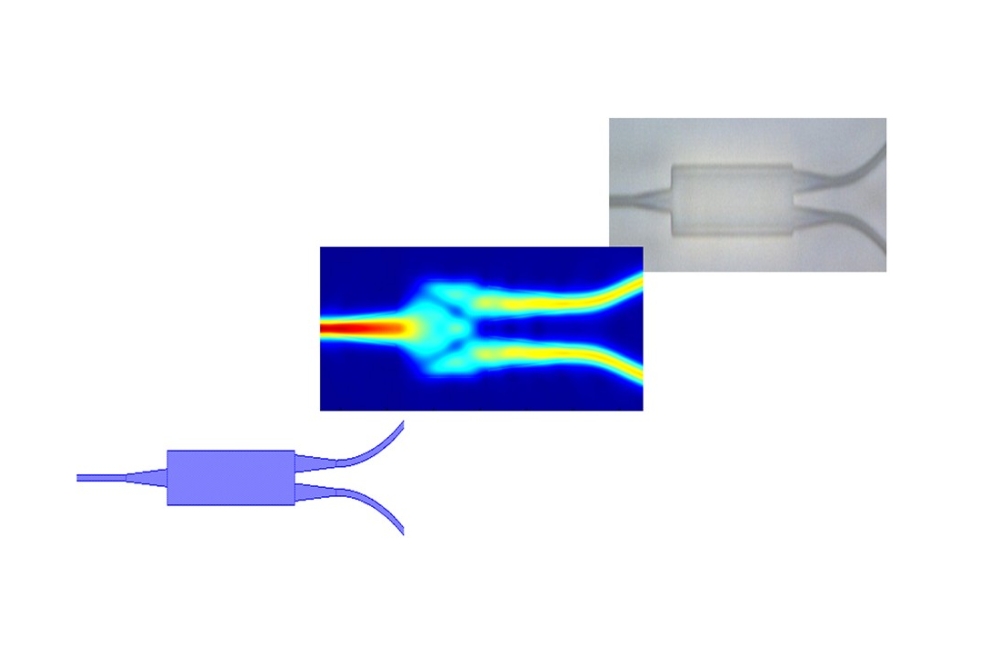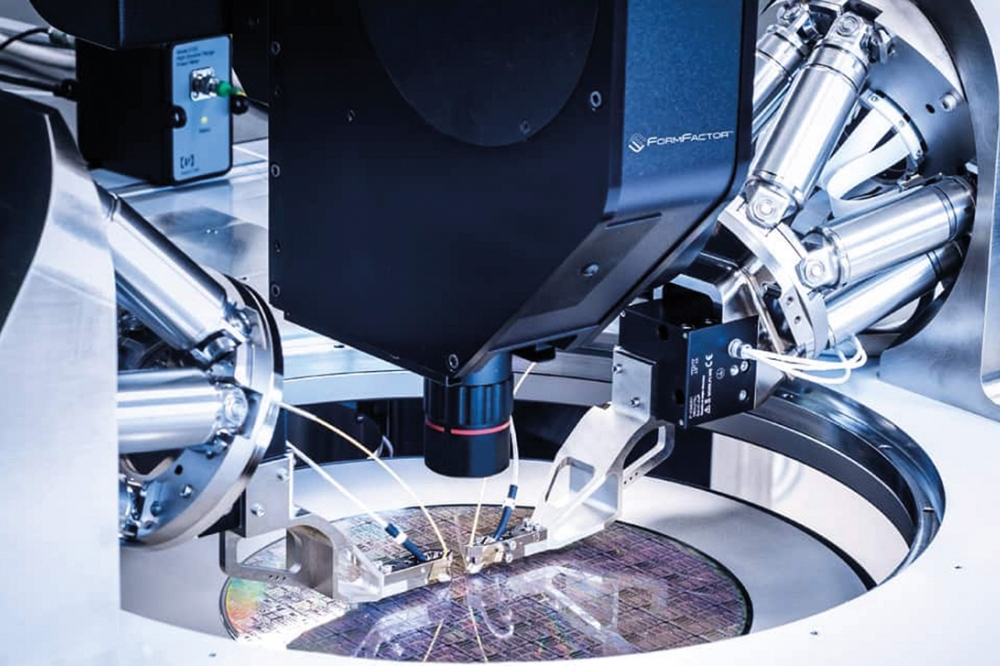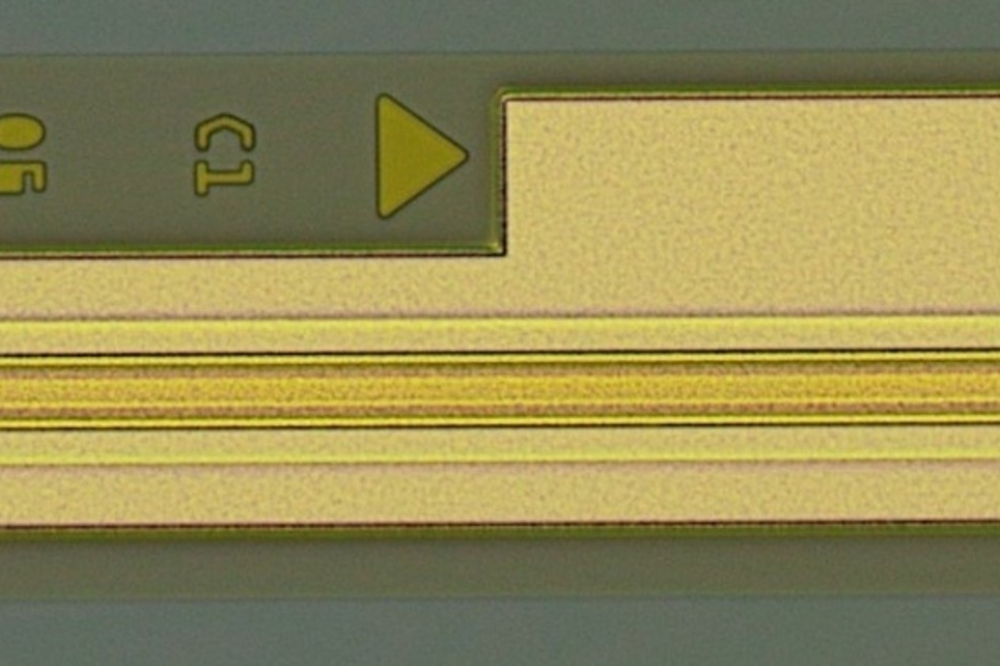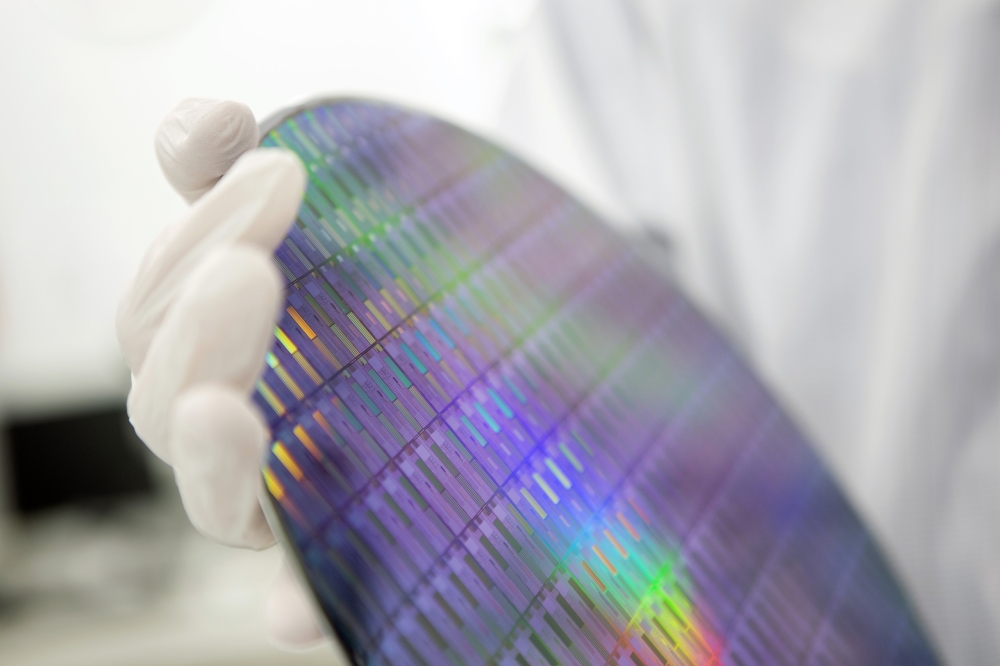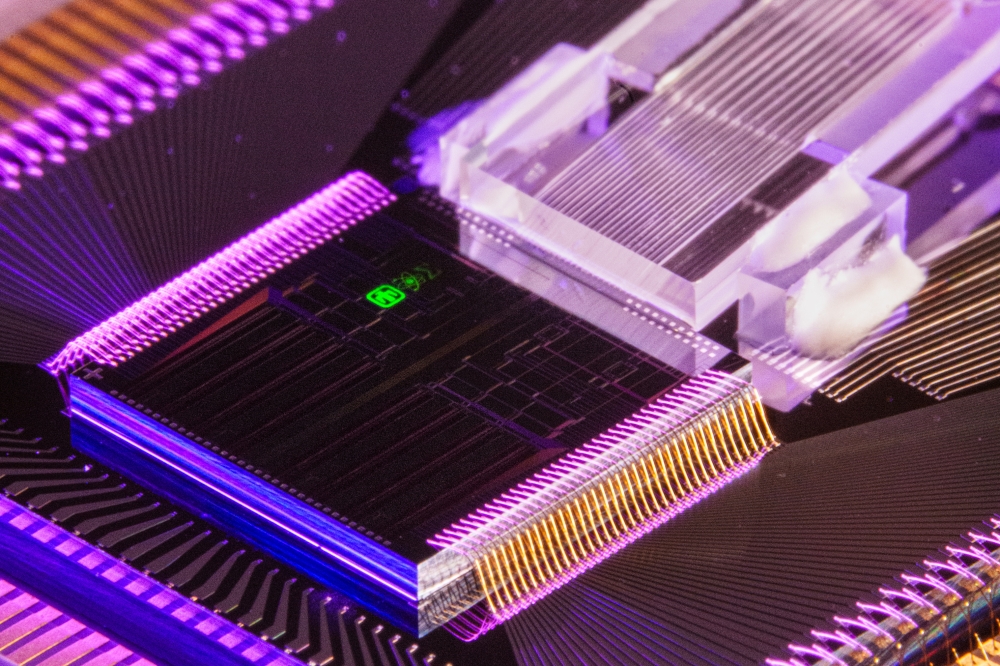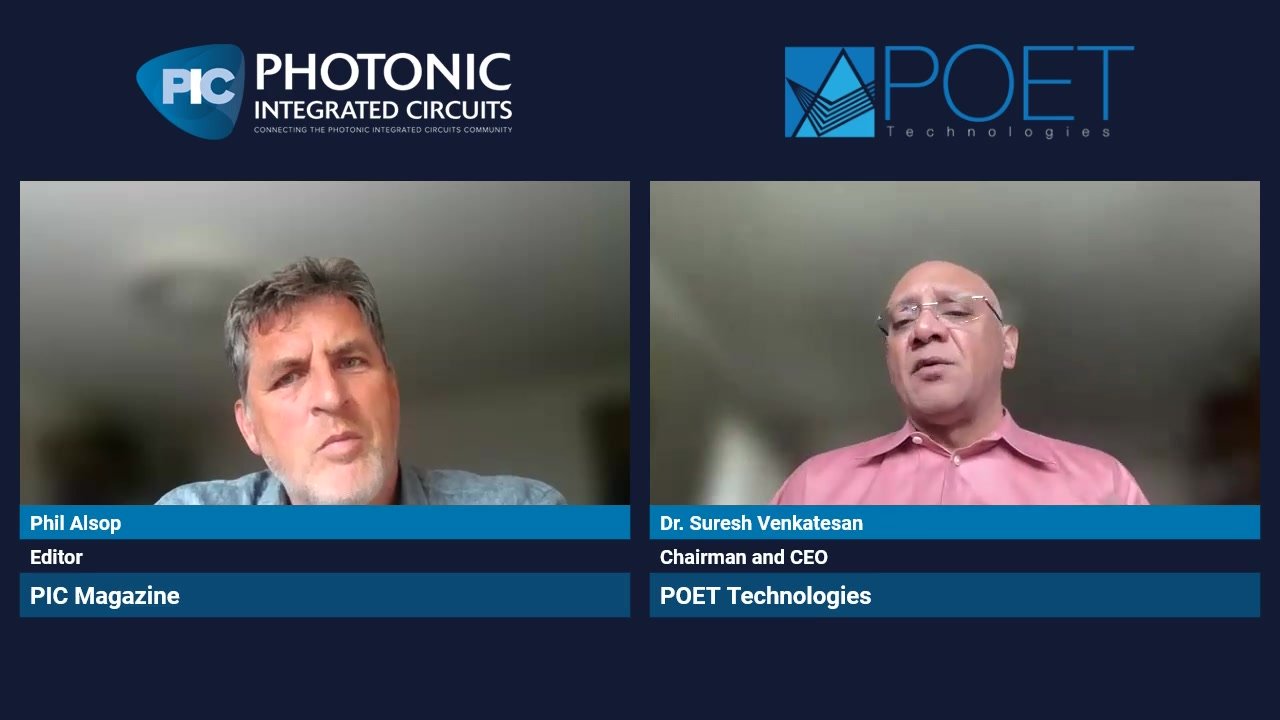AIM Photonics releases integrated silicon photonics PDK

AIM Photonics announced the integrated silicon photonics Process Design Kit (PDK) is available to all those organisations that have executed membership agreements.
It has resulted from a project led by SUNY Polytechnic Institute, encompassing a significant effort by Analog Photonics, to create a library of photonic components designed to work within the SUNY Poly silicon photonics process. The PDK will enable AIM Photonics members to access leading edge silicon photonics technology to generate their own piece of real estate on the up-coming Multi Project Wafer (MPW) run.
AIM CEO and SUNY Poly Executive Vice President of Innovation and Technology Dr. Michael Liehr said, "We are excited to offer these benefits to AIM members after just one year of operation and look forward to providing many other ground breaking photonics capabilities to the broader photonics community in the coming months and years, thereby fulfilling our charter as a member of the National Network for Manufacturing Innovation."
The PDK and the MPW capability are tangible examples of the benefits afforded to Members of AIM Photonics. Our Members are provided access to cutting edge research and state-of-the-art fabrication, packaging, design, and testing capabilities and enjoy the significant cost savings associated with consortium activities.
In addition to the typical custom layout information needed to create custom photonic devices, the PDK also includes a significant amount of intellectual property in the high performance library of fundamental silicon photonic passive and active devices developed by Analog Photonics, LLC.
"These library components can be quickly instantiated at a schematic level to create sophisticated system level designs in a short amount of time. We believe the capabilities of this library will enable next generation photonic circuits to be developed quickly and reliably," said Analog Photonics' CEO Mike Watts.
"This kind of system-level design methodology is beginning to be supported by leading electronic-photonic design automation (EPDA) companies and is critical for enabling large-scale integrated photonic designs with lower cost and schedule," said Brett Attaway, AIM Photonics' Director of EPDA. "We could not have completed this initial release of the PDK without the strong support of our world-leading AIM member EPDA companies. It's extremely important that we enable the next generation of integrated photonic design methodologies, and our EPDA member companies are enabling us to do that and help grow the industry with this PDK release."
Future releases of the PDK are planned over the next several years with improved validation data, models and new components added to the library.
AIM Photonics is planning to have several MPW fab runs in 2017, depending on demand, which may include up to three MPWs for the full silicon photonics process, and two MPWs with a reduced process for passive-only devices and three MPWs for interposers as demand requires. The first full silicon and interposer MPW runs in 2017 will start towards the end of the first quarter. In order to ensure space for all interested parties, AIM Photonics is currently accepting reservations for these MPW runs. Those interested in participating in any of the 2017 MPW silicon photonics runs should contact Chandra Cotter at CCotter@aimphotonics.com by October 31, 2016, in order to guarantee a spot on these exciting new silicon photonics offerings. Interested parties can also sign up for the 2017 runs by visiting our website at the following link: www.aimphotonics.com/multiproject-wafer-mpw/













